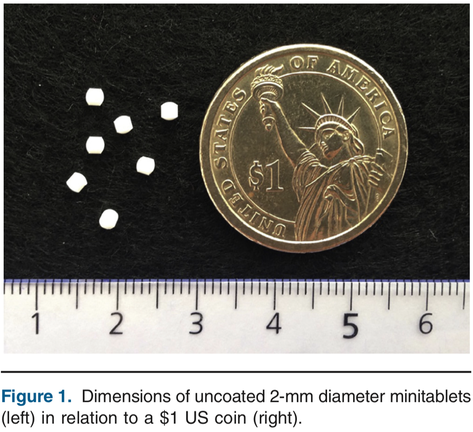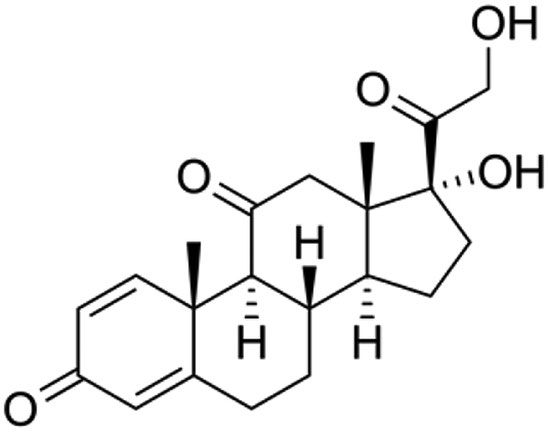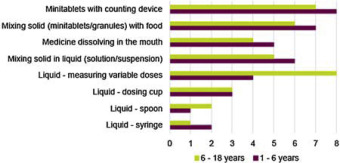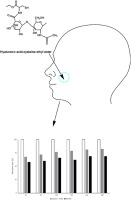- Home
- Blog
- News
- Basics
- Sources
- Agencies, Regulatory & Organisations
- CERSI Excipients Browser
- Excipient Report
- Excipient DMF List
- EXCiPACT Certified Companies
- Excipient Documentation
- Excipient EINECS Numbers
- Excipient E-Numbers
- FDA Inactive Ingredient List
- FDA GRAS Substances (SCOGS) Database
- IPEC Americas
- USP - U.S. Pharmacopeia
- Definitions
- Whitepapers / Publications
- Supplier
- Services
- Media
- Events
- 1st pharmaexcipients Poster Award
- Event Calendar
- Events featured by pharma-excipients
- 4th Annual Formulation & Drug Delivery Congress
- DDF Summit
- ExcipientFest Americas
- ExcipientFest Asia
- Global CompliancePanel
- International Conference and Exhibition on Pharmaceutics & Novel Drug Delivery Systems
- Formulation & Drug Delivery USA Congress
- Laboratory Medicine 2018
- Making Pharmaceuticals Europe
- Making Pharmaceuticals Exhibition
- Pharma Integrates
- PharmaExcipients China @CPhI China
- TTC Technology Training Center
- Jobs
- Online Sourcing
- Contact
03. September 2018
To attain effective and safe pharmacotherapy, formulations in (pre)term neonates should enable extensive dose flexibility. During product development and subsequent authorization and clinical use of such formulations, there is also a need for informed decisions on excipient exposure: in addition to the need to improve the knowledge on active compounds, there is a similar need to improve the knowledge on excipients in neonates. Excipients are added to formulations as co-solvent, surfactant,...
26. July 2018
Paediatric specific medicines have become increasingly researched since the introduction of paediatric investigation plan requirements in 2007. Various dosage forms continue to be investigated for their appropriateness for children, including multiparticulates. Multiparticulates are currently available as tablets, capsules, sachets and medicated spoons/straws/syringes. These presentations offer limited dose flexibility with some only providing a singlefixed dose. A device capable of repeated...
04. July 2018
The objective of this study was to assess the acceptability and swallowability of several minitablets when administered as a unit dose compared with an equivalent dose of syrup in children aged 6 months to 5 years. Study design The acceptability and swallowability of multiple drug-free minitablets in comparison with glucose syrup was assessed in 372 children of 2 age groups (186 in age group 1 [6-23 months of age] and 186 in age group 2 [2-5 years of age]) in a randomized, 3-way, single...
04. May 2018
This study explores the methodology advised by healthcare professionals and the methods used by parents/carers to identify whether there is a best practice method for manipulation of 10 mg hydrocortisone tablets to provide an accurate dose to children. Bespoke surveys were used to identify methods recommended and used in manipulation of tablets. Hydrocortisone tablets were manipulated to provide a specified dose by both naïve participants and parents/carers. The accuracy of manipulation was...
08. March 2018
Prednisone is a corticosteroid used in several inflammatory diseases and cancers. In France, no available prednisone drinkable formulation exists. Instead, an oral syrup of prednisone with ethanol, sodium benzoate and simple syrup is produced. However, sodium benzoate can induce neonatal icterus and alcohol is not authorized for children below 3 years of age. The aim of this study was to determine the stability of 5 mg/mL prednisone oral suspension in a commercial compounding excipient: Syrspend
02. March 2018
The selection and design of dosage form for the paediatric population is a real challenge. Part of that challenge is to deal with the diversity of the patient population (new born to adolescent) (CPMP, 2001) leading to specific patient compliance and acceptability. The choice of an age-appropriate formulation for children aged from 1 to 6 years old requires one to consider the ease of use of the formulation as well as the acceptability which will be mainly driven by palatability.
22. February 2018
A public workshop entitled “Challenges and strategies to facilitate formulation development of pediatric drug products” focused on current status and gaps as well as recommendations for risk-based strategies to support the development of pediatric age-appropriate drug products. Representatives from industry, academia, and regulatory agencies discussed the issues within plenary, panel, and case-study breakout sessions. By enabling practical and meaningful discussion between scientists...
05. February 2018
Children requiring cortisol replacement therapy are often prescribed hydrocortisone doses of
2.5 mg, but as this is commercially unavailable 10 mg tablets, with functional break lines, are split commonly in an attempt to deliver the correct dose. This study aimed
to determine the dose variation obtained from quartered hydrocortisone tablets when different operators performed the splitting procedure and to ascertain whether better uniformity could be attained from mini-tablets as an alternative f
30. January 2018
Many drugs are bitter and overcoming this bitter taste is a major barrier in developing a successful product, especially for pediatric patients. Approaches to mask taste include changing taste perception, creating a physical barrier to separate the drug from interacting with taste buds, and changing drug solubility.
27. December 2017
The aim of this study was to develop a solid dosage form for pediatric application. For this purpose, hyaluronic acid was covalently linked with sulfhydryl groups of cysteine ethyl ester via amide bond formation mediated by carbodiimide.










